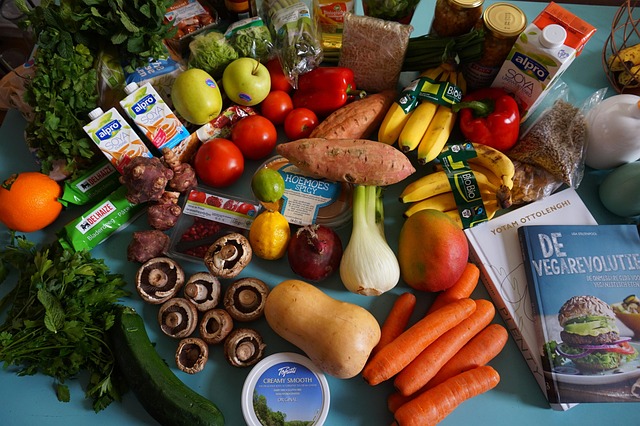If you’ve ever Googled “how to eat healthy,” chances are you’ve come across the phrase balanced diet. But what does that actually mean?
A balanced diet isn’t a trend or a temporary fix. It’s a sustainable approach to eating that supports your body’s needs physically, mentally, and emotionally. Whether your goal is more energy, better focus, weight management, or simply feeling better day to day, a balanced diet is where it starts.
What Does a Balanced Diet Look Like?
A balanced diet gives your body all the nutrients it needs without overloading on any one thing. This includes
-
Macronutrients carbs, proteins, fats
-
Micronutrients vitamins and minerals
-
Fiber and water essential for digestion and detox
It’s not about being perfect or restrictive. It’s about eating a variety of foods in the right amounts.
The Benefits of a Balanced Diet
Eating a balanced diet does more than help you fit into your jeans. It builds a foundation for better long-term health. Key benefits include
-
Stable energy levels throughout the day
-
Improved brain function and mental clarity
-
Stronger immune system
-
Lower risk of chronic diseases like type 2 diabetes, heart disease, and certain cancers
-
Better sleep and mood
-
Improved digestion and gut health
-
Healthy skin, hair, and nails
Food Groups That Matter
1. Fruits and Vegetables
Packed with vitamins, minerals, antioxidants, and fiber.
Aim for a mix of colors different colors mean different nutrients.
2. Whole Grains
Brown rice, oats, whole wheat, quinoa these provide complex carbs, fiber, and B vitamins.
3. Proteins
Essential for building and repairing tissues. Good sources include lean meats, fish, eggs, dairy, legumes, nuts, and seeds.
4. Healthy Fats
Fats help absorb vitamins and protect your organs. Look for unsaturated fats in avocados, olive oil, nuts, and fatty fish.
5. Dairy or Dairy Alternatives
Great sources of calcium, vitamin D, and protein. If you’re lactose-intolerant, try almond, soy, or oat milk—just make sure it’s fortified.
Signs Your Diet Might Be Off-Balance
You don’t need lab tests to know something’s not right. Common signs of a poor diet include
-
Constant fatigue or low energy
-
Brain fog or trouble concentrating
-
Mood swings or irritability
-
Frequent colds or infections
-
Digestive issues (bloating, constipation)
-
Unexplained weight gain or loss
-
Sugar cravings and crashes
If you’re ticking off several of these, your body may be lacking key nutrients—or getting too much of the wrong ones.
How to Start Eating a Balanced Diet
Getting started doesn’t mean tossing out your pantry or counting every calorie. Here’s how to ease into it
-
Add more whole foods. Fresh fruits, veggies, whole grains, nuts, and legumes.
-
Cut back on ultra-processed foods. Look out for added sugars, sodium, and unrecognizable ingredients.
-
Read labels. Understand what you’re putting in your body.
-
Watch your portions. Even healthy foods can be overeaten.
-
Stay consistent. A single salad won’t change much. Daily habits will.
Balanced Diet ≠ Diet Culture
Let’s clear something up eating a balanced diet isn’t the same as going on a “diet.”
“Diet culture” promotes restriction, shame, and short-term results. A balanced diet promotes nourishment, variety, and sustainability. You don’t need to eliminate food groups or feel guilty for having dessert. It’s about making informed, balanced choices most of the time not all the time.
A balanced diet isn’t a one-size-fits-all formula it’s a flexible approach to nourishing your body. It’s built on variety, moderation, and mindfulness. Once you stop thinking in terms of “good” vs. “bad” foods and start focusing on overall patterns, eating well becomes simpler, less stressful, and way more enjoyable.

